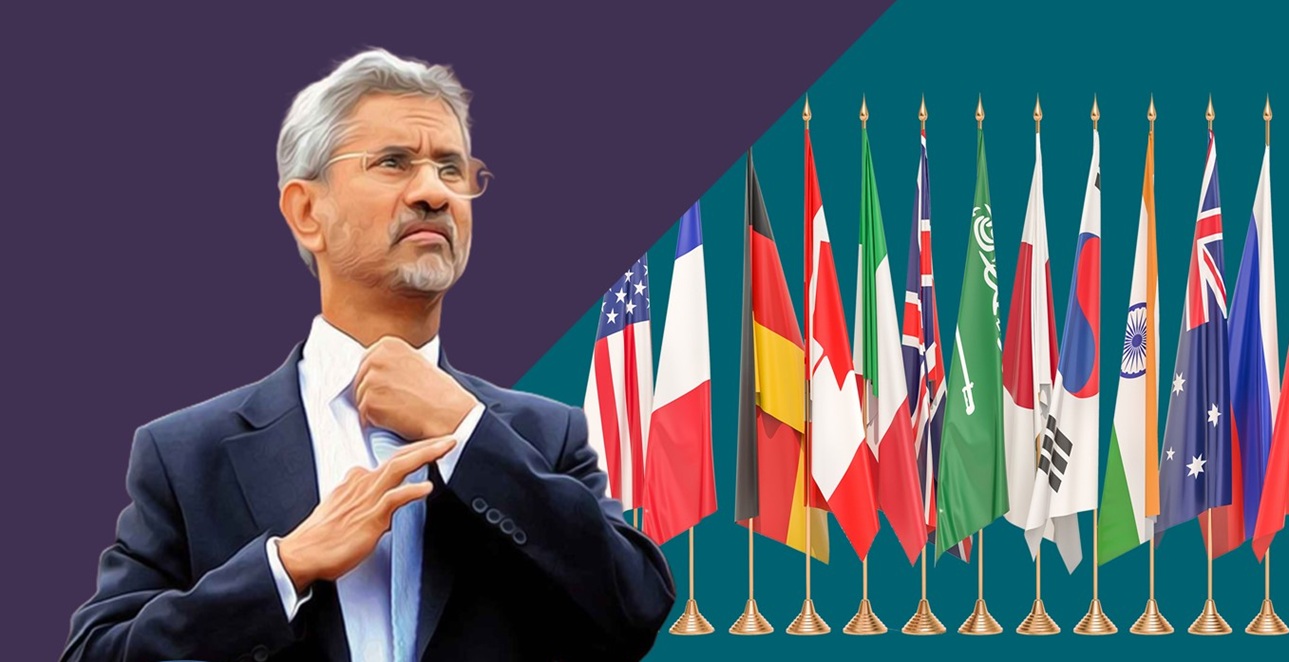The constitution of Japan provides the right to practice religion and the freedom to worship in Japan. Do Japanese citizens need a structural reform for religious freedom in Japan as per Article 20 of the Japanese Constitution?
The assassination of former Japanese Prime Minister Abe Shinzo has generated many issues. The situation explained here is identical to the one following the Tokyo subway attacks ordered by Asahara Shoko, founder of the Aum Shinrikyo sect. The press in Japan is now going wild in making political stories.
By studying the history of the Japanese Empire, based on examples from pre-modern (feudal) Japan and from the Meiji Restoration era, we will try to understand how Japanese society arrived at Article 20 of its constitution. We will try to understand what is the role and place of Shintoism, how it has influenced the Japanese constitution, and how the assassination of former Prime Minister Abe Shinzo is an argument in favour of a profound overhaul of Article 20 of the constitution in Japan or at least an argument for a structural and institutional reform of Japan in terms of worship.
Implementation of the 1947 Constitution
The abdication of the Japanese Empire on September 2, 1945, on the USS Missouri bridge, leads to profound changes in Japanese society. This post-war period known as “Sengo” is scrupulously organized by the United States. The change in the status of the emperor is a striking example. The emperor is stripped of his title of “divine sovereign” to become a common law sovereign. There is a desacralization of institutions. This desacralization is at the forefront of the new Japan. In their culture, the Japanese always uphold their values and customs, otherwise, the country and its institutions take the lead over modern Western societies such as the United States.
It is in line with this principle that General McArthur, who oversees the drafting of the 1947 Japanese Constitution “Nihon-koku kenpō”, first introduces the principle of pacifism in it, in Chapter 2 Article 9: “Aspiring sincerely to an international peace based on justice and order, the Japanese people forever renounce war as a sovereign right of the nation, or to threat or use of force as a means of settling international disputes. To achieve the goal set in the previous paragraph, land, naval and air forces or another war potential will never be maintained. The right of belligerency of the state will not be recognized.” This aspect is very important, as Japan has always been convinced of having a superior race compared to other Asian peoples, China, and Korea. Once these principles were established, General McArthur turned to the question of worship. In order to guarantee the independence of the Japanese constitutional power, he and his teams worked on an article on secularism as it exists in the West.
The United States is a young country compared to countries like France and England, whose unification and construction of a federal state are not very old. There came a time in these countries when religion was very present in the upper echelons of power. In this sense, it could order society as it wished. Let us note that we are talking about the traditional form of religion before the reforms post-modernism occurred in the 1960s in the case of the Catholic Church. In the history of France, there was a war between Catholics and Protestants, a period called “religious wars”, which took place from 1562 to 1598. Furthermore, following a rise in anticlericalism in public opinion initiated by leftist movements.” France chose to enact a law separating the state and institutions from religion. The so-called “1905” or “separation of Church and State” law introduced a notion of secularism very different from its English neighbour. It allows religious convictions to be placed in the private sphere and ensures equality for all before the law. The Anglo-Saxon people distinguish themselves from the French model. They separate religion from the state and constitutional power, but their sovereign is England’s supreme religious leader. Thus, King Charles III is the spiritual leader “of the Anglican Church. In a way, religion is at the heart of the state by the essence of the king. The policies of the English population tend towards multiculturalism, including in places like work, while in France all religious signs are supposed to be banned. Our two opposing models lead to a misunderstanding of our American and English neighbours.
A Unique Imperial Model
The Japanese imperial model has been linked to Shintoism for centuries. A divine sovereign who represents, serves, and governs the country. General McArthur, therefore, chose the Anglo-Saxon model in terms of secularism for post-war Japan. This choice of the model, therefore, includes the following contradiction: the emperor and his family respect the Shinto tradition, on the other hand, constitutional power is removed from religion. But they must respect their sovereign, the most eminent member of Shintoism. The choice of this model is not the most suitable; indeed, if we leave freedom of worship without barriers to people, we build a multi-confessional society that can create problems in the near or distant future. The rest of contemporary Japanese history has demonstrated this: the explosion of currents of thought inspired by Shintoism and/or Buddhism. Susumu Shimazono recalls this inconsistency: “The principle of secularism is a Western principle in a largely Judeo-Christian society; this principle cannot be applied to all regimes” The researcher here explains the paradox of the Japanese regime, it is by thinking that all regimes are identical or similar to Judeo-Christian models that inconsistent texts or rules are put in place and cause problems a few years or decades later.
An aggravating factor in this situation is the importance of tradition in Japan. This tradition, inherited from its history and the different stages of its construction, is based on a huge religious foundation. One of the most striking examples is the funeral rite in Japan. The old Japanese constitution had a much more religious tone. The first article on the subject of the emperor sets the imperial regime in its secular seat: “The Empire of Japan is governed by a dynasty of emperors who reign and will reign without interruption for eternity.” The notion of eternity clearly refers to a form of solemnity towards the emperor. The “divine sovereign” holds a strong and eminently religious power. The constitution continues: “The person of the emperor is sacred and inviolable.” This confirms the notion of the sacredness of the emperor which will be denied in 1947. In terms of worship, the Meiji constitution specifies things as follows: “Article 28. Every Japanese subject shall enjoy the freedom of conscience, within the limits compatible with both his duties as a subject and with public order and peace.” As well as “Article 29. Japanese subjects shall enjoy, within the limits determined by law, the right to speak, write, publish, publicly assemble and associate.” It clearly provides that in matters of worship, Japanese subjects are “free” to the extent of their involvement in the life of the country.
This definition is much clearer than the others. History has shown that there have been strong tensions between Shintoists and Buddhists, as well as during the establishment of Christianity in the archipelago. But the article seems more suited to the situation of imperial Japan.
The Choice to Model the Article
McArthur’s choice to introduce an article modelled by Western legislators will later lead to the proliferation of small movements, which can legally call themselves a church. It is through this loophole that the Aum Shinrikyo sect was built and progressed. By leaving free rein without any control over all forms of worship, without touching their proliferation and waiting for them to be reported, the physical and mental damage is already too significant. To this is added a reality highlighted by the murder of Shinzo Abe, the infiltration of sects or churches into the highest spheres of the state, and their desire to corrupt them. Year after year, the number of political assassinations has increased exponentially in Japan. But this was happening on a local scale. When one of the world’s most influential former leaders is affected by such an assassination.
In conclusion, Japan had to mutate following its defeat, and the Americans in a desire for control and appeasement drafted a constitution with the aim of making Japan more Western. The idea of introducing an article on secularism modelled by Westerners without any visibility on the reality of Japanese culture and worship was a first mistake. Japan can hardly contain a text modelled on a Western country, moreover, total freedom of worship is purely destructive. The legislator of 1947 could hardly foresee the profound changes in societies that would occur in the 1960s and 1970s, Japanese society was hardly spared by these upheavals.
Disclaimer: The views and opinions expressed by the author do not necessarily reflect the views of the Government of India and Defence Research and Studies





